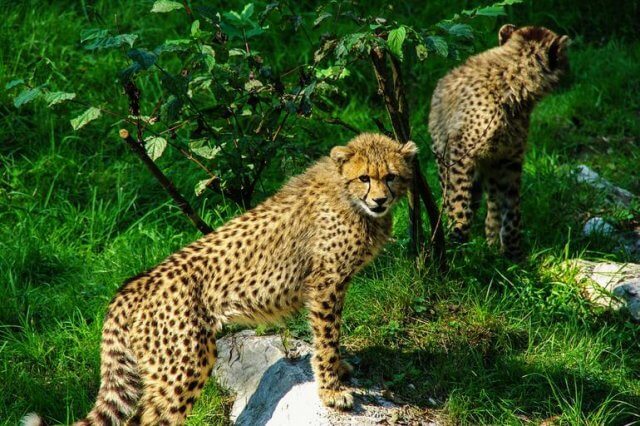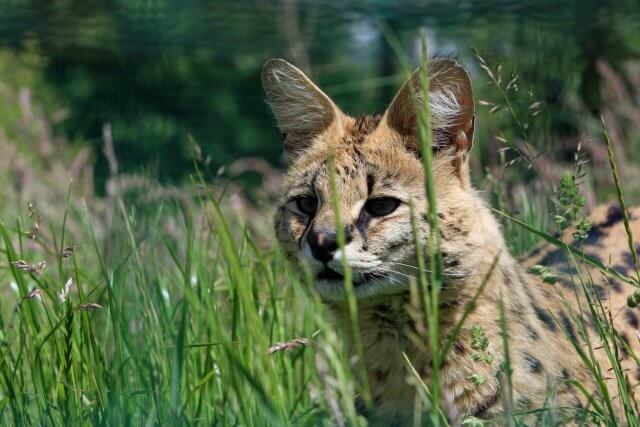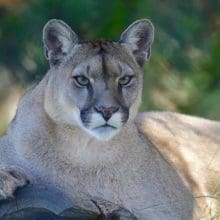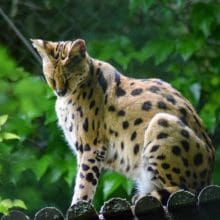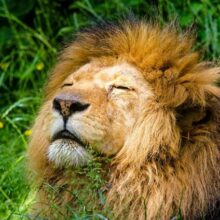The Majestic Reign of The Feline Kingdom: Unveiling Their Enigmatic Power
The Feline Kingdom:
Discover How Many Species of Wild Cats Exist
When we think of cats, we often picture our beloved domestic companions. However, beyond our homes, a diverse and fascinating world of wild cats exists. From the ferocious tiger to the elusive clouded leopard, these majestic creatures roam various habitats across the globe. In this article, we will delve into the feline kingdom and explore the incredible diversity of wild cat species.
The Big Cats: Lions, Tigers, and Leopards
When it comes to wild cats, the big cats are undoubtedly the most iconic. These powerful predators command attention and inspire awe in all who encounter them.
Lions: Known as the “king of the Savannah,” lions are social creatures that live in prides. They are primarily found in Africa, with a small population residing in the Gir Forest of India. With their majestic manes and impressive roars, lions are a symbol of strength and courage.
Tigers: Known as the “king of the Jungle. Tigers are the largest of all cat species and are known for their striking orange coats with black stripes. They inhabit various regions of Asia, including India, Russia, and Southeast Asia. Sadly, many tiger subspecies are endangered due to habitat loss and poaching.
Leopards: Leopards are renowned for their stealth and adaptability. They can be found in a wide range of habitats, from dense forests to arid grasslands. Leopards are known for their distinctive rosette patterns, which help them blend into their surroundings.
The Lesser-Known Wild Cats
While the big cats steal the spotlight, numerous lesser-known wild cat species deserve recognition for their unique characteristics and adaptations.
Cheetahs: Cheetahs are the fastest land animals, capable of reaching speeds of up to 70 miles per hour in short bursts. They have slender bodies, distinctive black “tear stripes” on their faces, and a unique hunting technique that involves incredible acceleration.
Snow Leopards: Snow leopards are perfectly adapted to their harsh mountainous habitats. Their thick fur and long tails help them maintain balance and warmth in freezing temperatures. These elusive cats are found in the mountain ranges of Central and South Asia.
Clouded Leopards: Clouded leopards are known for their stunning cloud-like markings on their fur. They are excellent climbers and spend much of their time in trees. These cats can be found in Southeast Asia, including countries like Nepal, Thailand, and Malaysia.
The Small Wild Cats
While the big cats and their lesser-known counterparts capture our attention, there is a vast array of small wild cats that often go unnoticed. These cats may be small in size, but they are no less fascinating.
Serval: Servals are medium-sized cats native to Africa. They have long legs and large ears, which aid in their hunting abilities. Servals are known for their exceptional jumping skills, allowing them to catch birds in mid-air.
Sand Cat: The sand cat is a small desert-dwelling cat with adaptations that enable it to survive in extreme arid conditions. They have thick fur on their paws to protect them from the scorching sand and can go for long periods without water.
Rusty-Spotted Cat: The rusty-spotted cat is one of the smallest wild cat species, found in India and Sri Lanka. Despite its size, it is an excellent hunter, preying on small mammals and birds. Its name comes from the rusty spots on its fur.
The Importance of Conservation
With many wild cat species facing threats such as habitat loss, poaching, and climate change, conservation efforts are crucial to their survival. Organizations like the World Wildlife Fund (WWF) and Panthera work tirelessly to protect these magnificent creatures and their habitats.
By supporting these organizations and spreading awareness about the importance of conservation, we can contribute to the preservation of wild cat species for future generations to admire and cherish.
Summary
The feline kingdom is a diverse and captivating realm, filled with a wide range of wild cat species. From the majestic lions and tigers to the elusive clouded leopards and small cats like the serval and rusty-spotted cat, each species has its unique characteristics and adaptations. However, many of these cats face threats to their survival, making conservation efforts vital. By appreciating and protecting these incredible creatures, we can ensure that the feline kingdom continues to thrive for years to come.
Escape to Nature’s Haven: Turpentine Creek Wildlife Refuge in Eureka Springs, AR




